Home>Gardening & Outdoor>Landscaping Ideas>How To Remove Moss From Grass
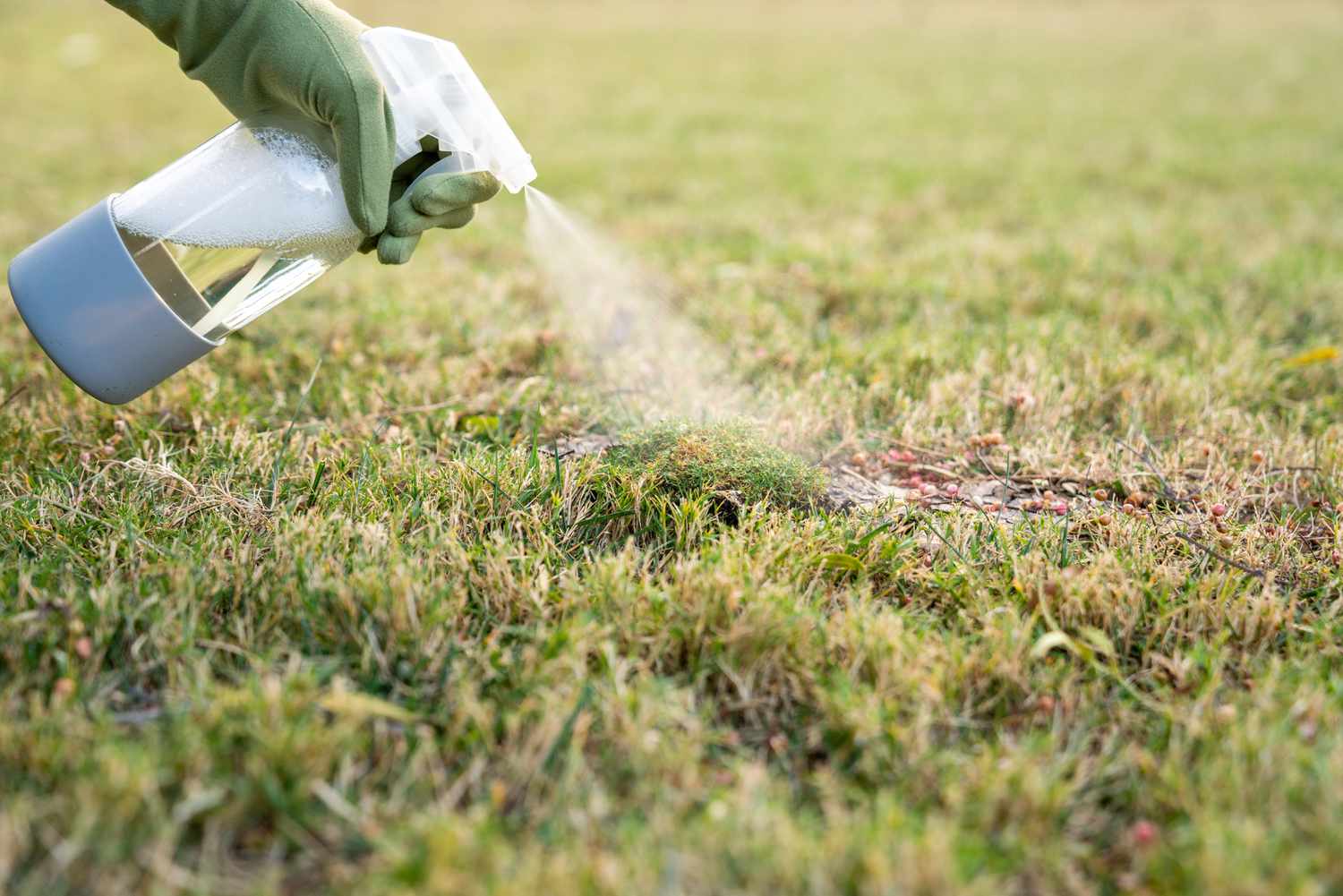

Landscaping Ideas
How To Remove Moss From Grass
Published: January 25, 2024
Learn effective landscaping ideas for removing moss from grass and maintaining a healthy, vibrant lawn. Discover expert tips and techniques for moss removal. Boost your lawn's appearance with our proven methods.
(Many of the links in this article redirect to a specific reviewed product. Your purchase of these products through affiliate links helps to generate commission for Storables.com, at no extra cost. Learn more)
**
Introduction
**
When you envision a lush, green lawn, the last thing you want to see is moss taking over. Moss can quickly invade your grass, creating an unsightly and potentially damaging presence. However, with the right approach, you can effectively remove moss from your lawn and prevent its return.
In this comprehensive guide, we will explore various methods for removing moss from grass, ranging from manual techniques to natural remedies and chemical solutions. By understanding the nature of moss and implementing the appropriate strategies, you can reclaim the vibrancy of your lawn and promote the growth of healthy, resilient grass.
Join us as we delve into the world of moss removal, equipping you with the knowledge and techniques necessary to restore the beauty of your lawn and ensure moss remains at bay. Let's embark on this journey to uncover the secrets of maintaining a moss-free, thriving lawn.
**
Key Takeaways:
- Preventing moss growth is crucial for a healthy lawn. Improve drainage, adjust soil pH, manage thatch, increase sunlight exposure, and promote healthy grass growth to keep moss at bay.
- Manual, chemical, and natural methods can effectively remove moss from your lawn. Choose the method that suits your needs and integrates with proactive lawn maintenance for a vibrant, moss-free lawn.
Understanding Moss
**
Before delving into the removal of moss from grass, it’s essential to grasp the nature of moss itself. Moss is a non-vascular plant that thrives in damp, shady, and compacted areas. It spreads through spores and can quickly establish itself in environments with excessive moisture and low sunlight.
Lawns with poor drainage, acidic soil, excessive thatch, or compacted earth are particularly susceptible to moss infestations. Furthermore, areas shaded by trees or buildings may create the ideal habitat for moss to flourish, as these locations often receive limited sunlight.
Moss competes with grass for space and nutrients, potentially impeding the growth of your lawn and detracting from its visual appeal. While moss itself is not inherently harmful, its presence can signal underlying issues that need to be addressed to promote a healthy lawn.
By understanding the conditions that foster moss growth, you can take proactive measures to prevent its proliferation and create an environment conducive to robust grass growth. With this knowledge in mind, you’ll be better equipped to tackle moss removal and implement strategies to thwart its return.
Now that we’ve gained insight into the nature of moss and its favored habitats, let’s explore effective methods for preventing its growth and removing it from your grass.
**
Preventing Moss Growth
**
Prevention is often the most effective strategy for managing moss in your lawn. By addressing the underlying factors that contribute to moss growth, you can create an environment that is less hospitable to this invasive plant.
- Improve Drainage: Ensure that your lawn has proper drainage to prevent water from pooling. Consider aerating the soil to enhance water penetration and reduce the likelihood of excess moisture, which can foster moss growth.
- Adjust Soil pH: Test the pH of your soil and amend it as needed to achieve a neutral to slightly alkaline pH, as moss tends to thrive in acidic conditions. Applying lime can help raise the pH and create an environment more favorable for grass than moss.
- Manage Thatch: Thatch buildup can create a barrier that traps moisture and provides an ideal habitat for moss. Regular dethatching can help prevent excessive thatch accumulation, promoting a healthier lawn and reducing the likelihood of moss infestation.
- Increase Sunlight Exposure: Trim back overhanging branches and foliage to allow more sunlight to reach your lawn. Moss struggles to thrive in sunny, well-lit areas, so maximizing sunlight exposure can inhibit its growth.
- Promote Healthy Grass Growth: Maintain a consistent lawn care regimen, including proper mowing, watering, and fertilization. Healthy, vigorous grass can outcompete moss and prevent its establishment.
By implementing these preventative measures, you can create an environment that discourages moss growth and fosters the flourishing of your grass. However, if moss has already taken hold in your lawn, it’s essential to address its removal to prevent further encroachment and restore the vitality of your grassy expanse.
Now that we’ve explored strategies for preventing moss growth, let’s delve into the various methods for removing moss from your grass, ranging from manual techniques to natural remedies and chemical solutions.
**
Manual Removal of Moss
**
When tackling a moss infestation in your lawn, manual removal can be a labor-intensive yet effective approach. This method involves physically lifting and scraping away the moss to restore the health and aesthetic appeal of your grass.
Here are the steps to manually remove moss from your lawn:
- Raking: Utilize a sturdy garden rake to gently but thoroughly remove the moss from the affected areas. Be cautious not to rake too vigorously, as this can disturb the soil and grass roots.
- Handpicking: In areas where moss is particularly dense, consider manually picking it out by hand. This meticulous approach allows you to target specific patches of moss and remove them with precision.
- Aerating: After removing the moss, aerate the soil to improve drainage and alleviate compaction. This helps create an environment that is less conducive to moss growth.
- Overseeding: Once the moss has been cleared, consider overseeding the affected areas to promote the growth of healthy grass and fill in any remaining patches.
Manual removal is a hands-on method that can yield significant results, especially when combined with preventative measures to address the underlying causes of moss growth. While manual removal requires time and effort, it provides a targeted approach to eradicating moss and rejuvenating your lawn.
As we continue our exploration of moss removal methods, we’ll uncover chemical solutions that can effectively combat moss infestations while considering natural remedies that align with eco-friendly practices.
**
To remove moss from grass, rake the affected area to remove debris and improve air circulation. Then, apply a moss killer or a mixture of water and baking soda to the moss. After the moss turns brown, gently rake it out.
Chemical Removal of Moss
**
Chemical removal offers a potent solution for eradicating moss from your lawn, providing a swift and comprehensive approach to moss control. When employing chemical treatments, it’s crucial to prioritize safety and environmental considerations while effectively targeting moss infestations.
Here are common chemical treatments for moss removal:
- Iron Sulphate: Also known as ferrous sulphate, this compound effectively kills moss while promoting greener grass. It’s important to apply iron sulphate carefully, as it can stain surfaces and should not come into contact with concrete or other materials.
- Copper Sulphate: Copper sulphate is a powerful moss killer, but it requires precise application to avoid harming surrounding vegetation. It’s best used in targeted areas rather than broadcast across the entire lawn.
- Selective Herbicides: Some selective herbicides are formulated to target moss while sparing grass. These products can offer effective moss control with minimal impact on desirable vegetation.
When using chemical treatments, it’s essential to follow the manufacturer’s instructions diligently and consider the potential impact on the surrounding environment. Protective gear, such as gloves and goggles, should be worn during application, and care should be taken to prevent runoff into storm drains or waterways.
Furthermore, it’s advisable to consider natural and eco-friendly alternatives to chemical treatments, especially in areas frequented by children, pets, or wildlife. As we explore natural methods for moss removal, we’ll uncover sustainable approaches that align with environmental stewardship and promote the long-term health of your lawn.
By integrating chemical treatments with preventative measures and targeted applications, you can effectively combat moss infestations while safeguarding the vitality and beauty of your lawn.
**
Read more: How To Replace Grass With Moss
Natural Removal of Moss
**
Embracing natural remedies for moss removal offers a sustainable and environmentally conscious approach to restoring the health and vibrancy of your lawn. By harnessing the power of natural ingredients and practices, you can effectively combat moss while promoting a harmonious ecosystem within your outdoor space.
Here are natural methods for removing moss from your lawn:
- Sunlight and Air Circulation: Improving sunlight exposure and air circulation in moss-prone areas can inhibit its growth. Pruning back overhanging branches and allowing for better airflow can create an environment less conducive to moss.
- Lime Application: Applying lime to your soil can help raise its pH, creating a less favorable environment for moss while promoting the growth of grass. This natural remedy addresses acidic soil conditions, which are conducive to moss infestations.
- Diatomaceous Earth: Sprinkling diatomaceous earth in mossy areas can desiccate and inhibit moss growth. This natural substance is derived from fossilized aquatic organisms and can effectively deter moss while posing minimal risk to surrounding vegetation.
- Baking Soda Solution: A solution of water and baking soda can be applied to mossy areas to help control its growth. Baking soda alters the pH of the moss, creating an inhospitable environment for its continued proliferation.
By leveraging these natural methods, you can address moss infestations while minimizing the impact on the environment and surrounding flora and fauna. These eco-friendly approaches align with sustainable lawn care practices, fostering a balanced and thriving outdoor ecosystem.
As we conclude our exploration of natural moss removal methods, we’ll reflect on the importance of proactive lawn maintenance and the integration of preventative measures to sustain a moss-free, flourishing lawn.
**
Conclusion
**
As a homeowner, maintaining a vibrant, moss-free lawn is a testament to your commitment to nurturing a thriving outdoor space. By understanding the nature of moss, implementing preventative measures, and employing targeted removal methods, you can reclaim the beauty of your grass and create an environment that fosters its resilience.
Whether you opt for manual removal, chemical treatments, or natural remedies, each approach offers unique benefits and considerations. Manual removal provides a hands-on, targeted solution, while chemical treatments offer swift and comprehensive moss control. Natural remedies, on the other hand, align with eco-friendly practices and sustainable lawn care.
It’s important to integrate these methods with proactive lawn maintenance, including proper drainage, soil pH management, thatch control, and promoting healthy grass growth. By addressing the underlying factors that contribute to moss infestations, you can create an environment that is less hospitable to these invasive plants.
Furthermore, fostering sunlight exposure, improving air circulation, and considering the impact of shade can play a pivotal role in preventing moss growth. By creating a well-balanced and sun-kissed lawn, you can inhibit the proliferation of moss and promote the flourishing of your grass.
As you embark on the journey of moss removal and lawn care, consider the unique characteristics of your outdoor space and tailor your approach to suit its specific needs. Embrace a holistic perspective that encompasses environmental stewardship, sustainable practices, and the pursuit of a resilient, vibrant lawn.
With the insights gained from this guide, you are equipped to navigate the realm of moss removal with confidence and purpose. By harmonizing the art and science of lawn care, you can cultivate a moss-free oasis that serves as a testament to your dedication to nurturing a thriving outdoor haven.
Now, armed with the knowledge and techniques to combat moss infestations, you are poised to transform your lawn into a verdant tapestry of lush, resilient grass, free from the encroachment of moss. Let the beauty of your revitalized lawn stand as a testament to the artistry and dedication you invest in creating a captivating outdoor sanctuary.
Frequently Asked Questions about How To Remove Moss From Grass
Was this page helpful?
At Storables.com, we guarantee accurate and reliable information. Our content, validated by Expert Board Contributors, is crafted following stringent Editorial Policies. We're committed to providing you with well-researched, expert-backed insights for all your informational needs.
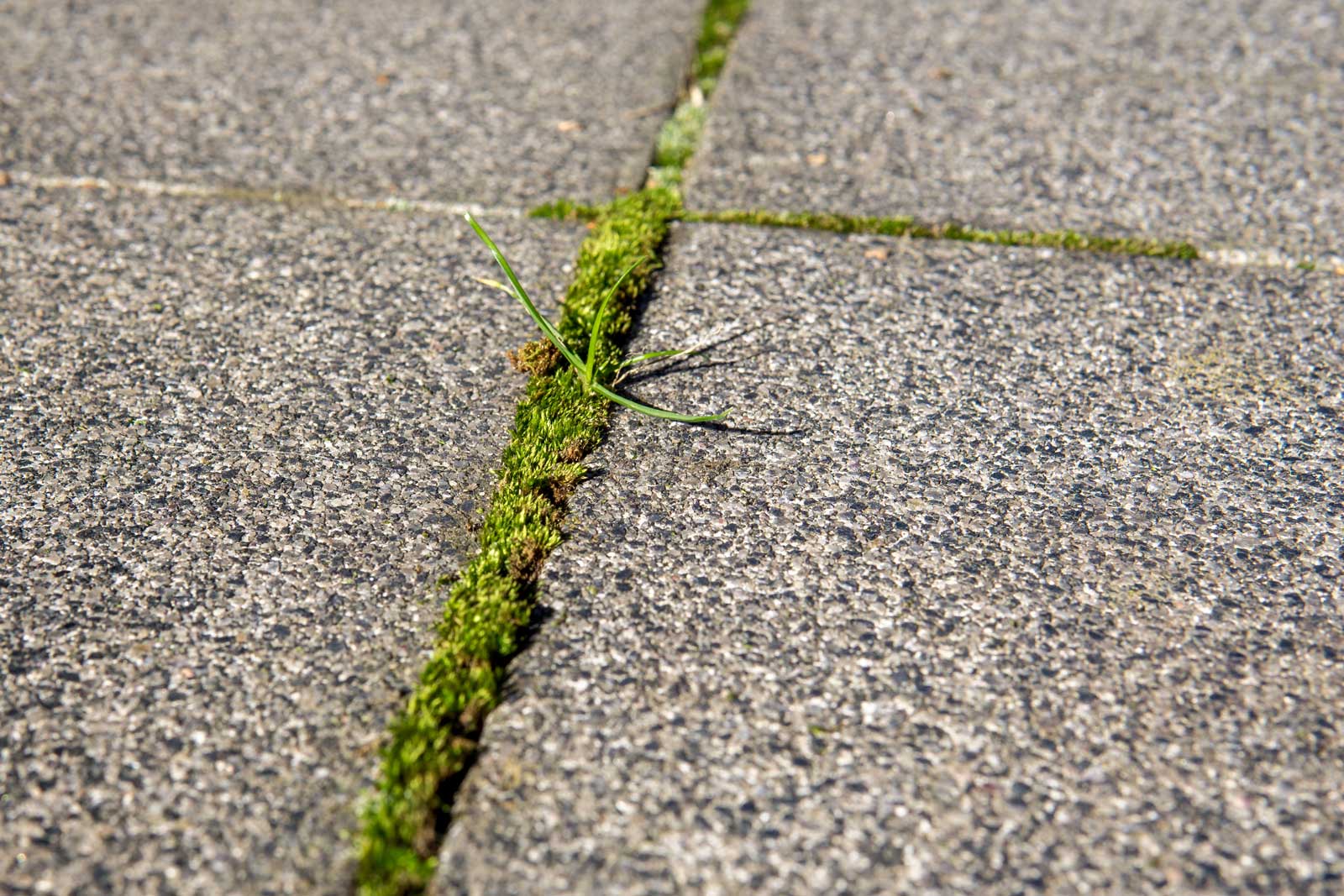
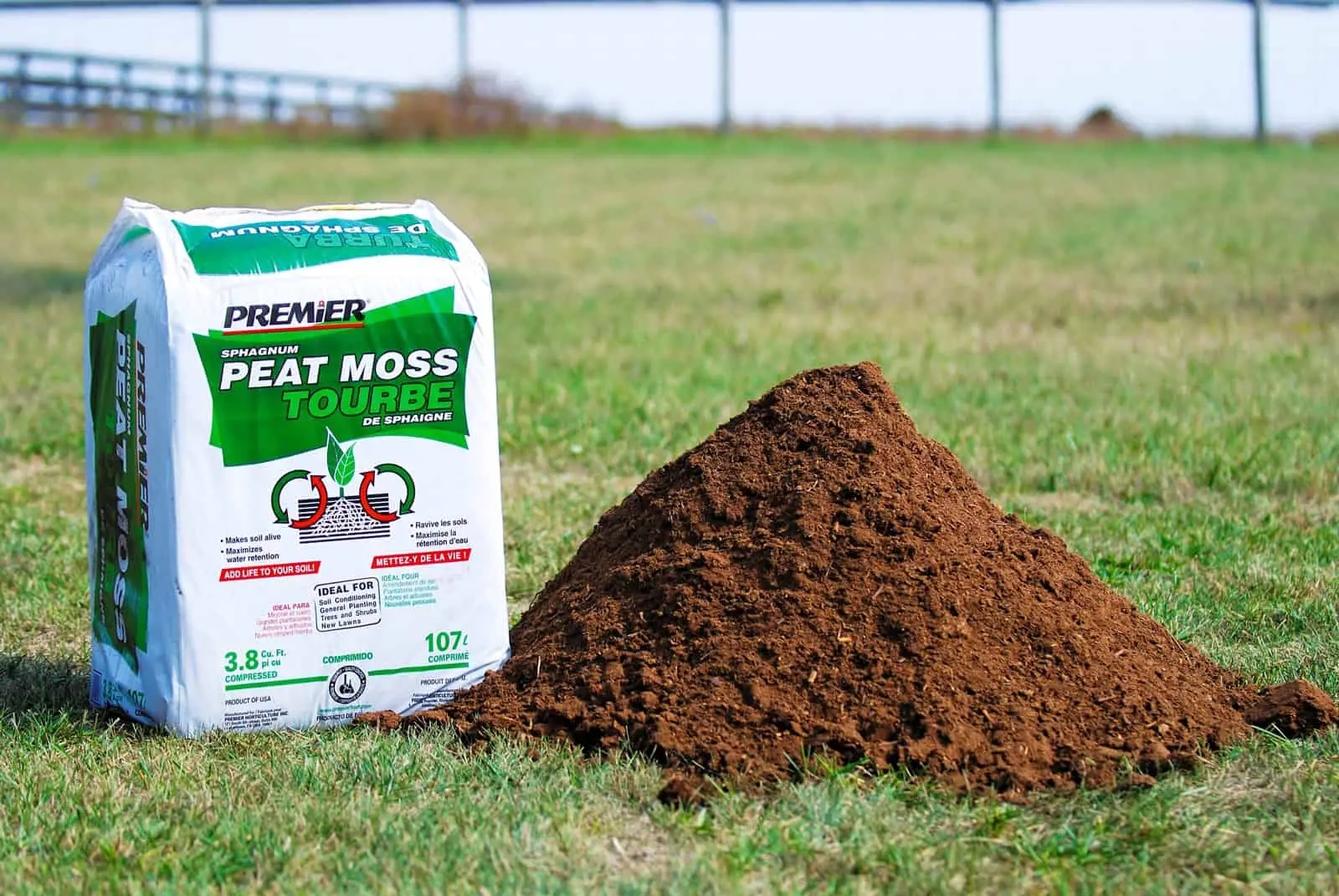
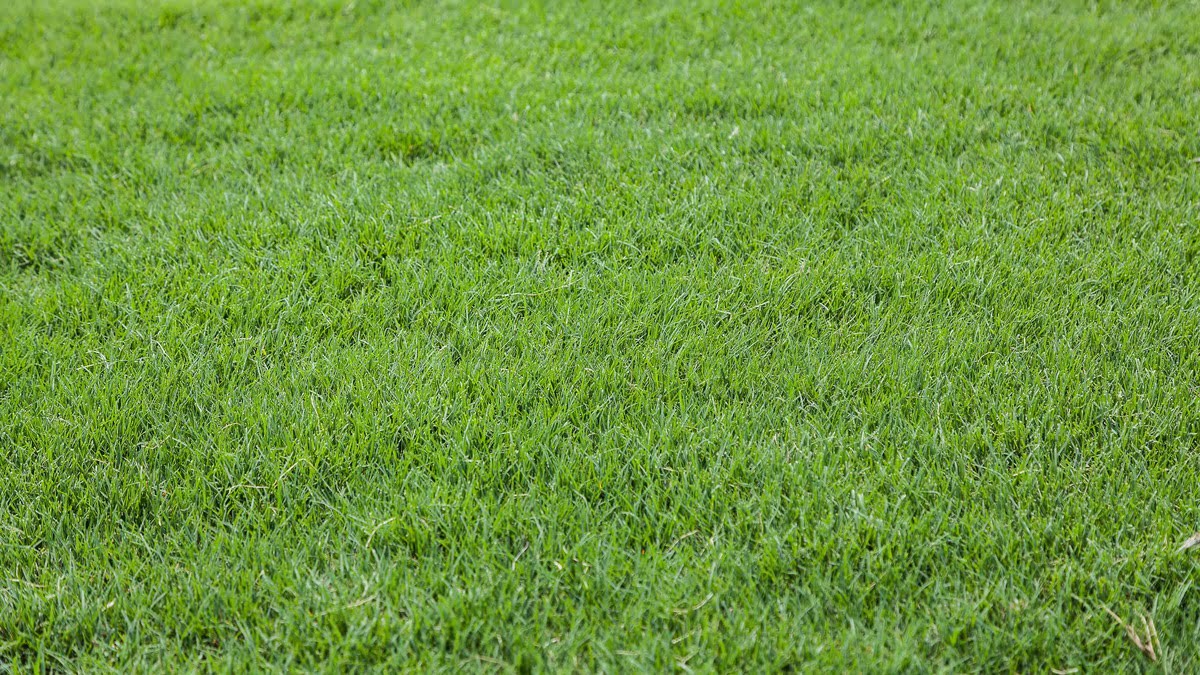


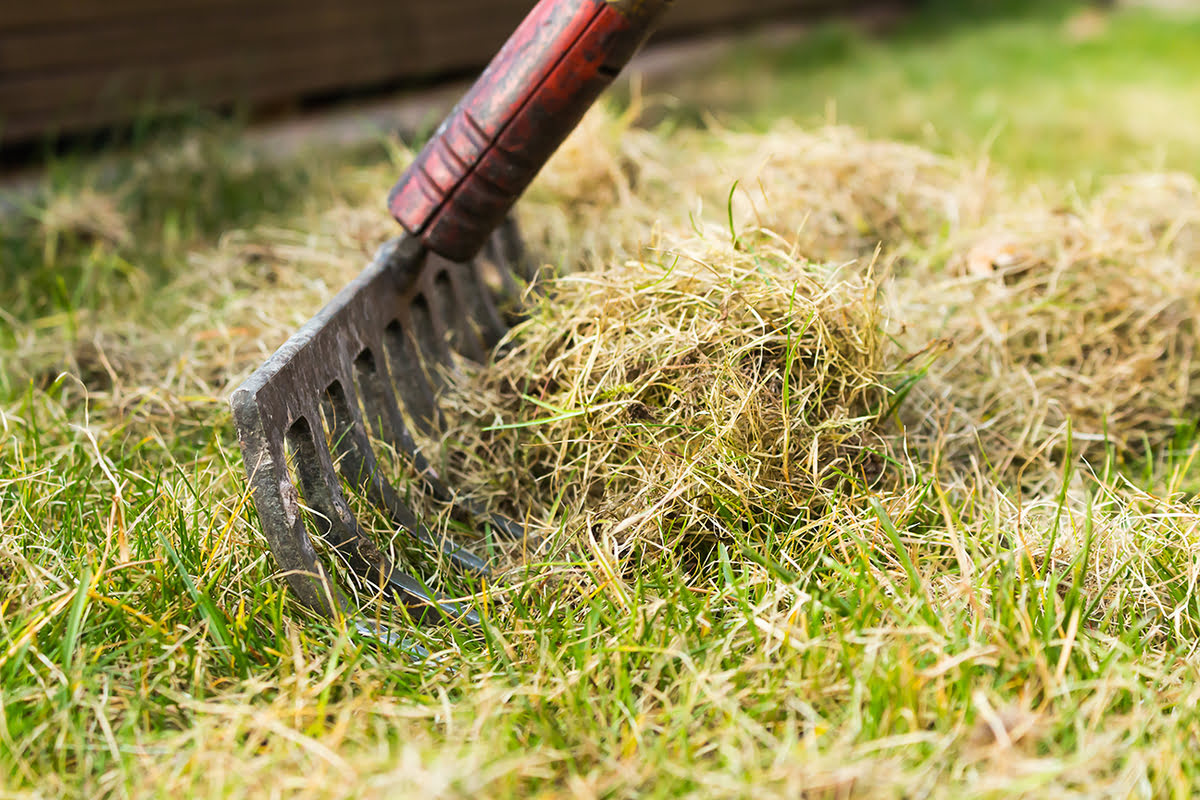
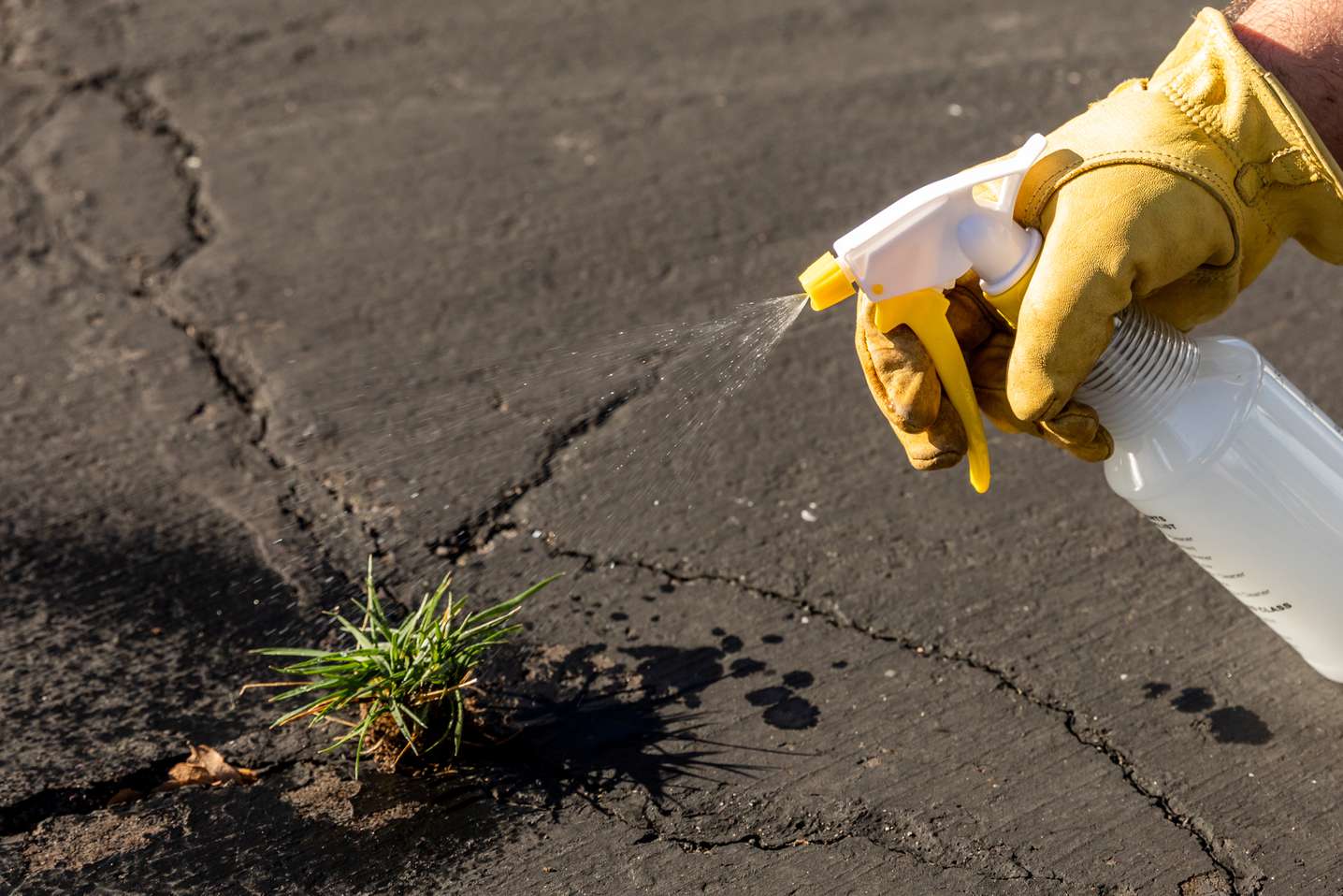
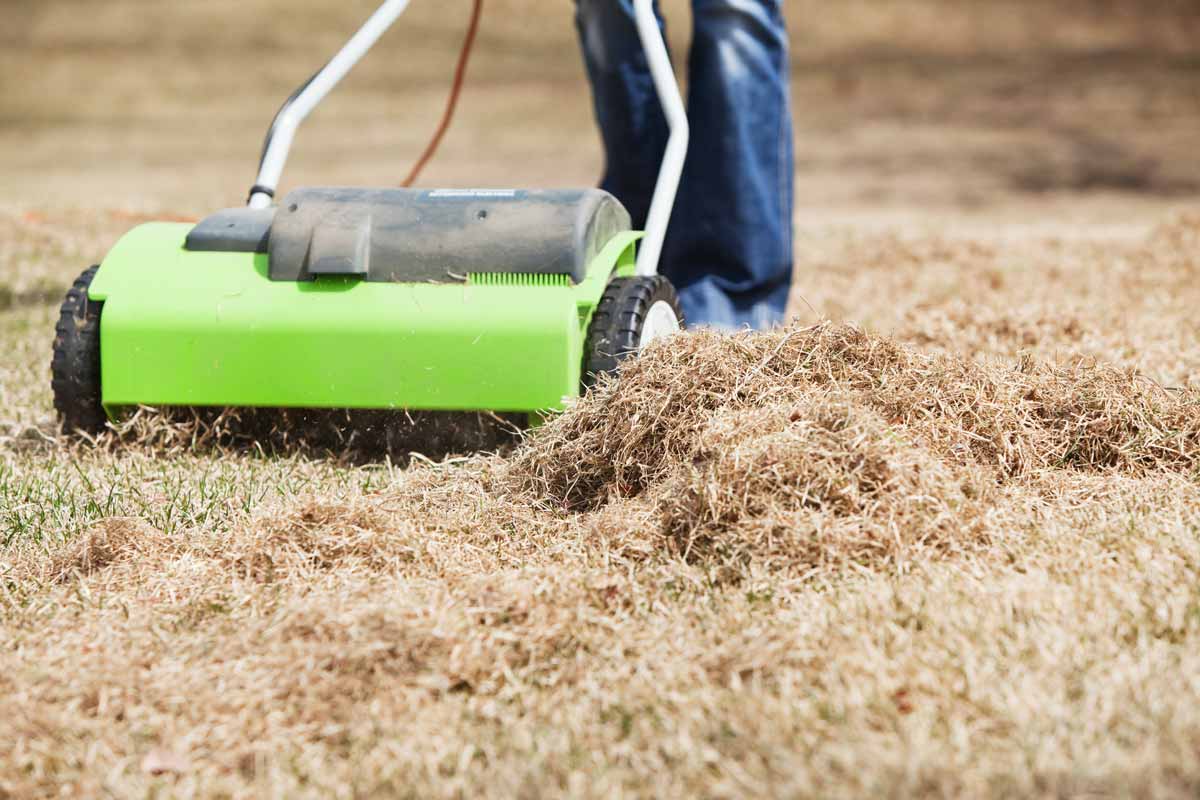
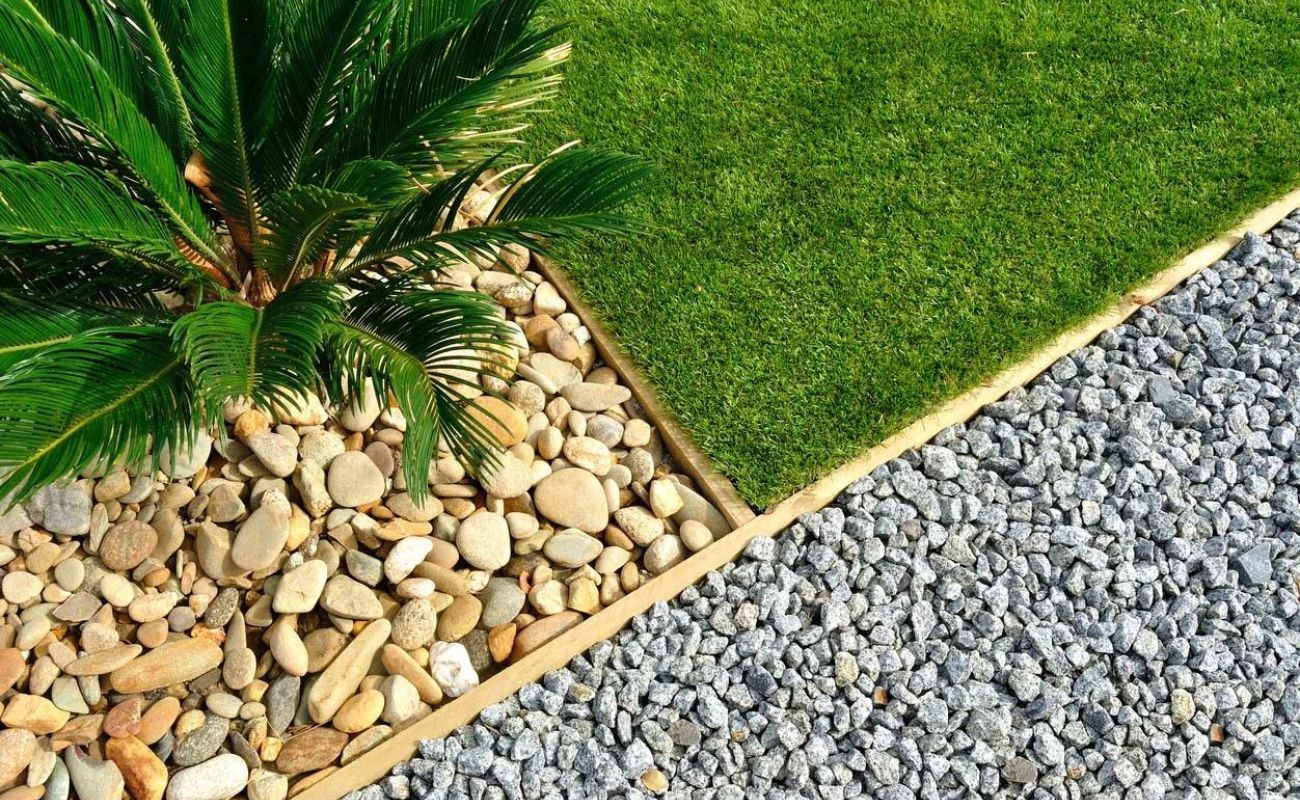
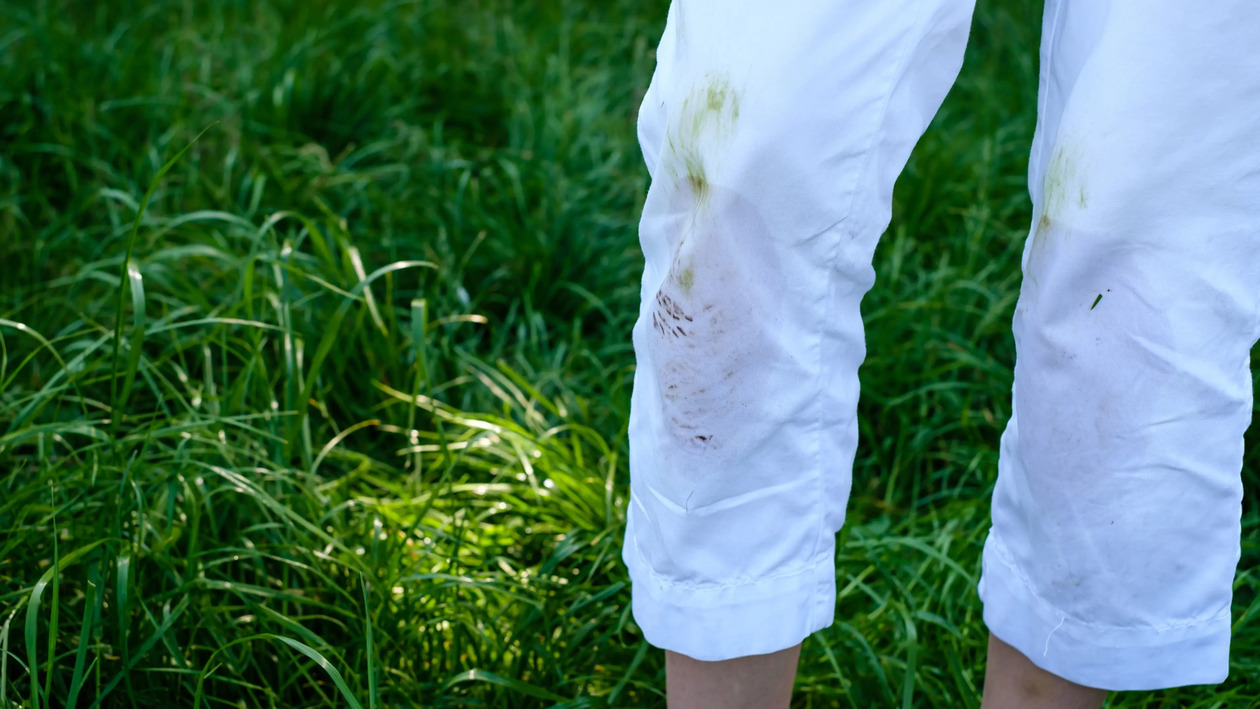

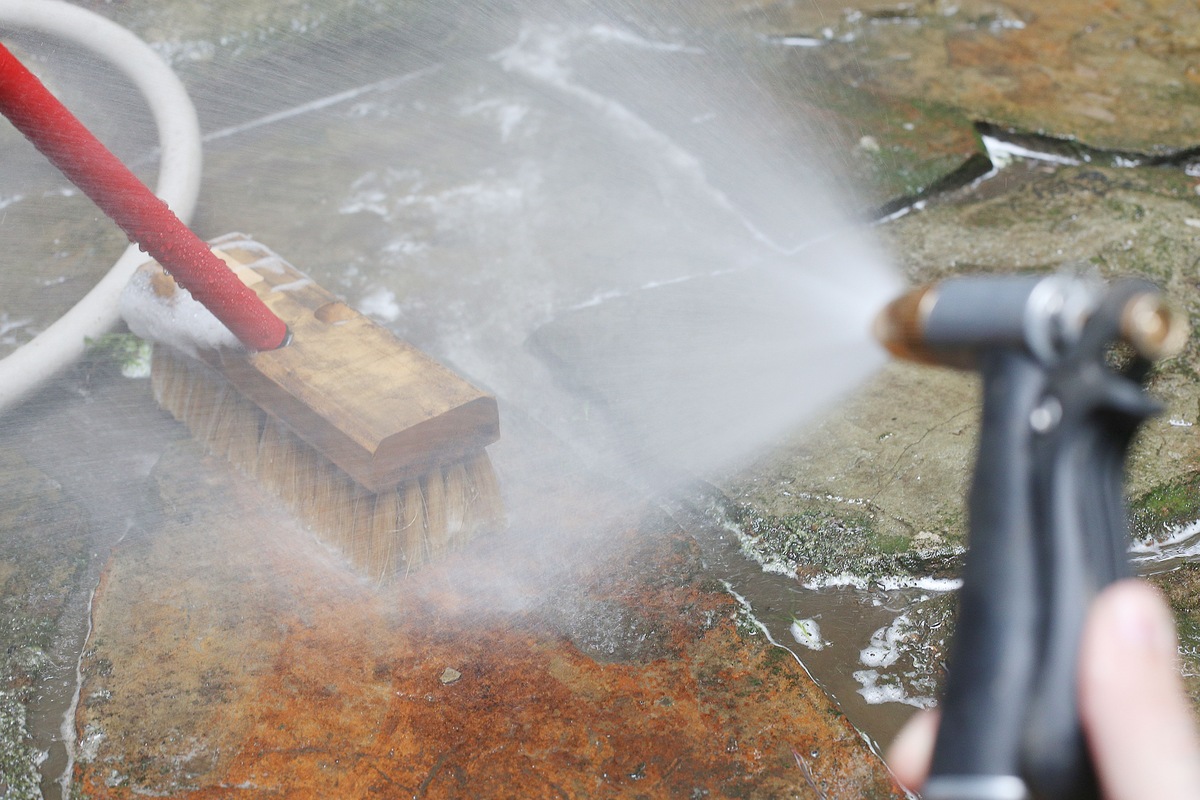
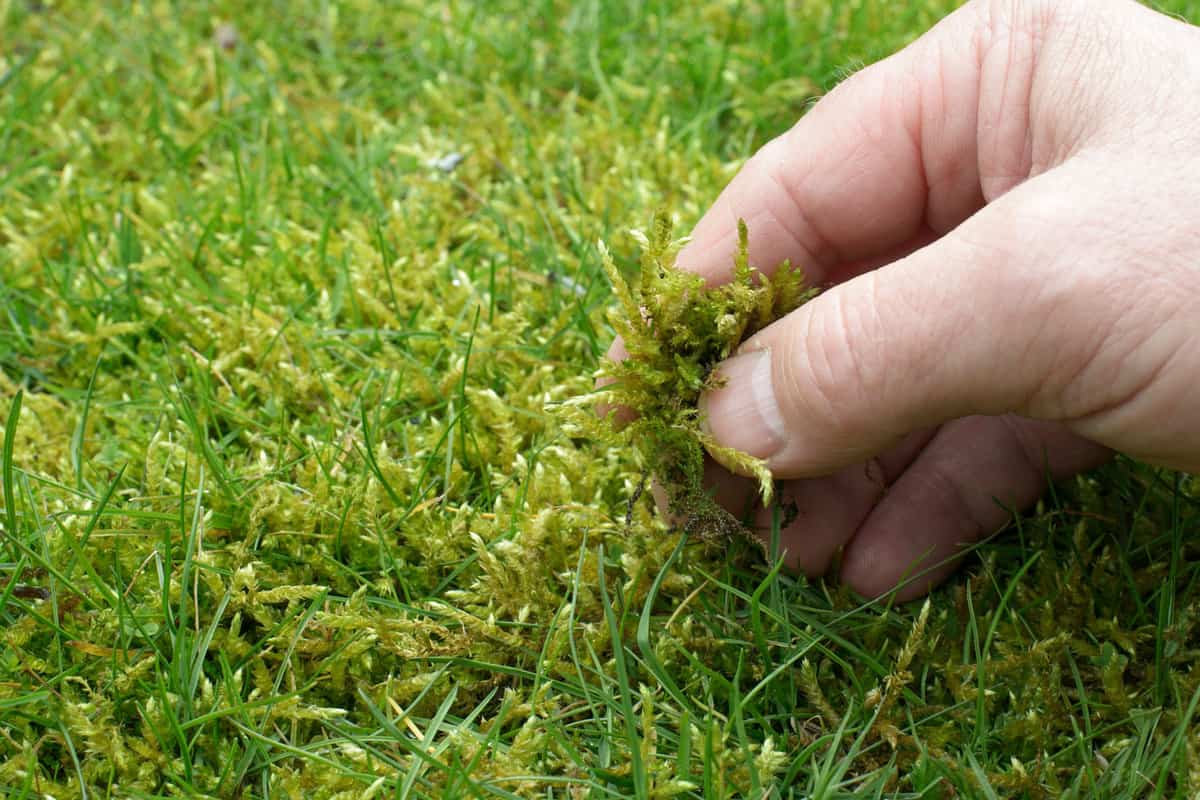
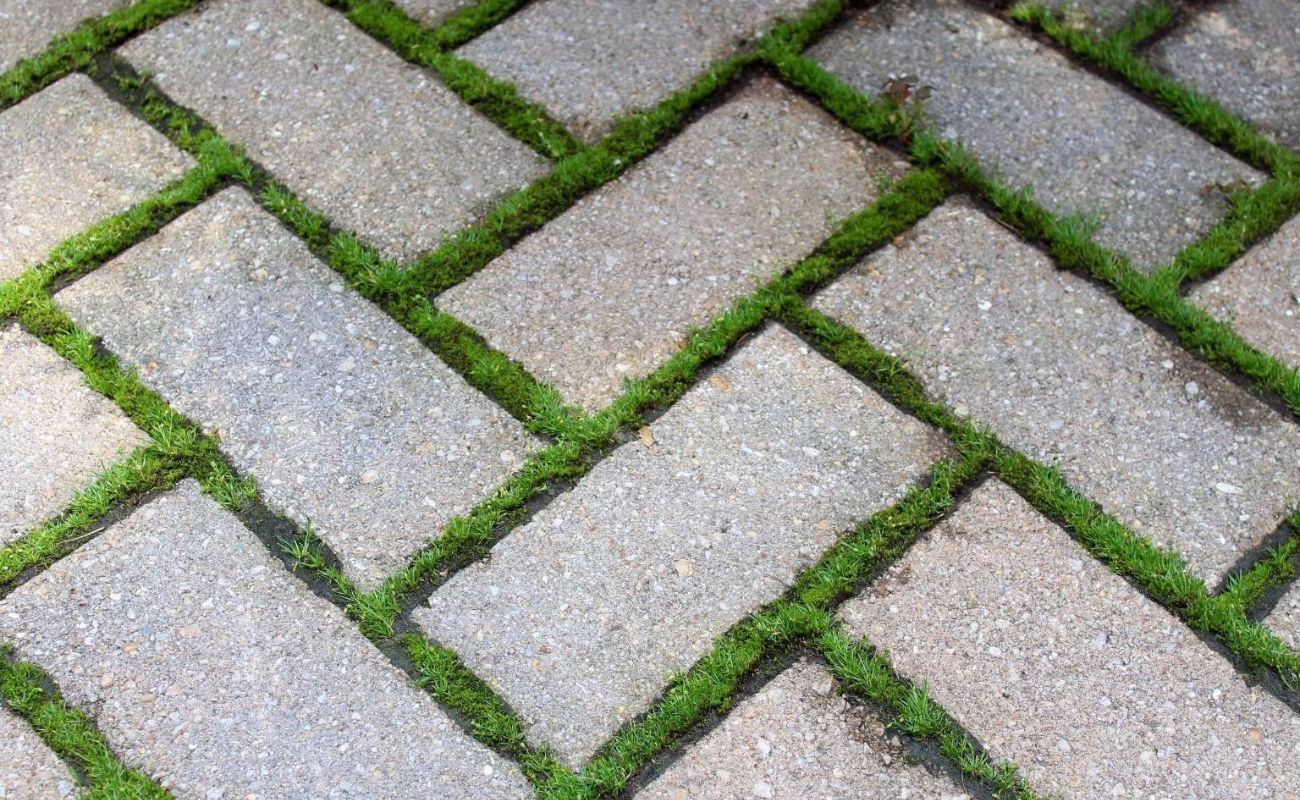

0 thoughts on “How To Remove Moss From Grass”